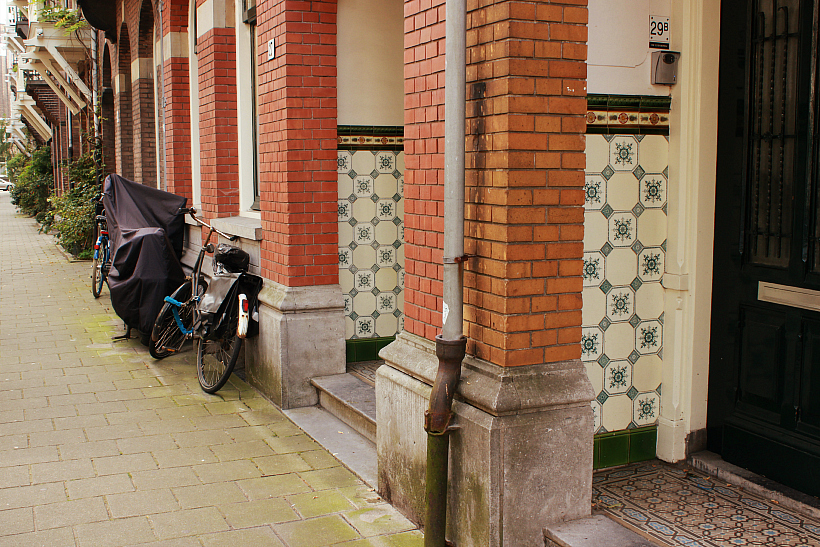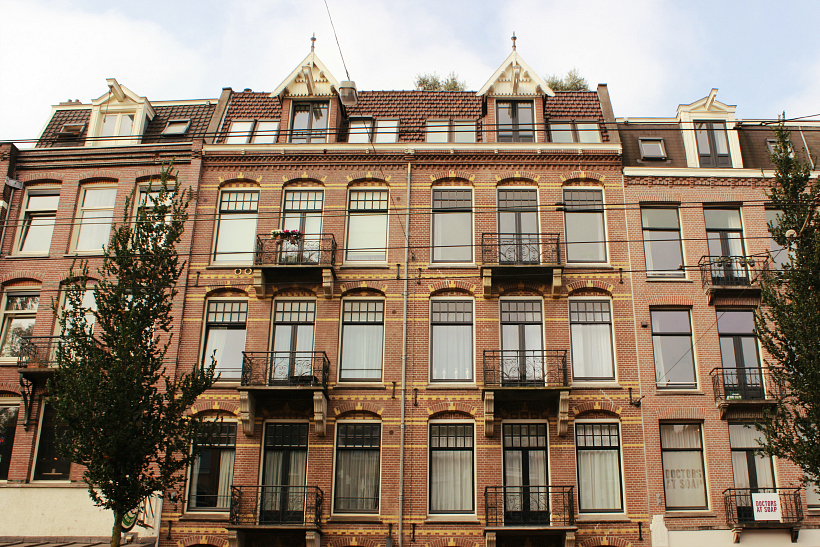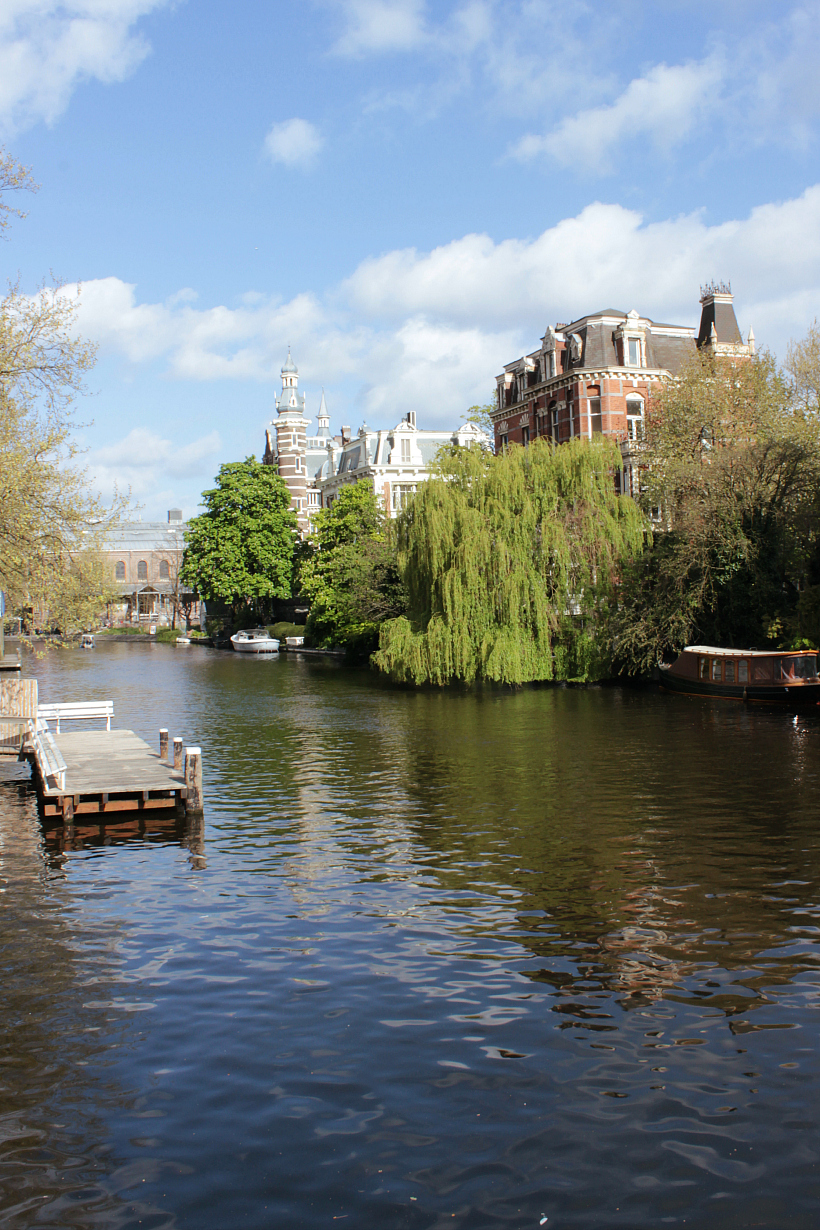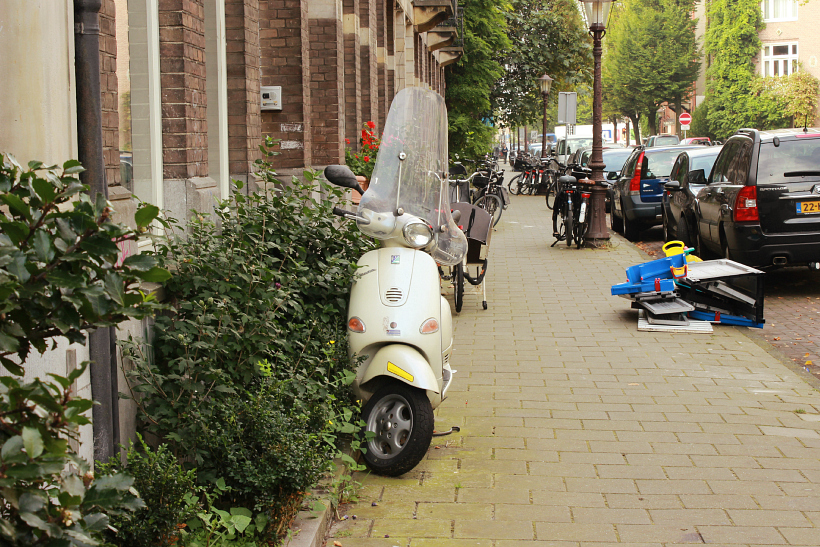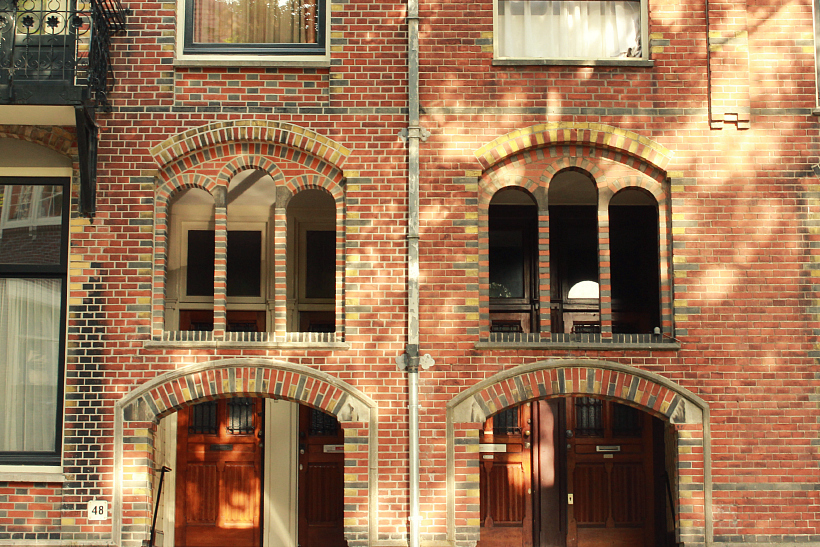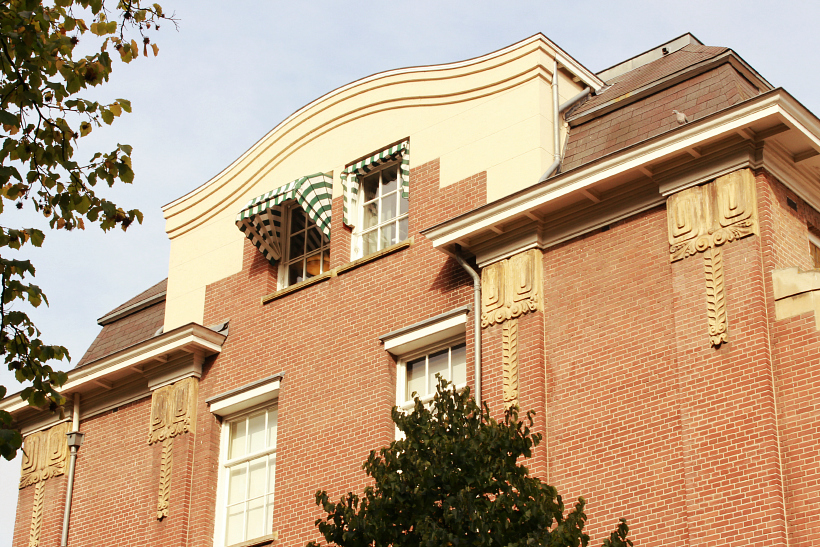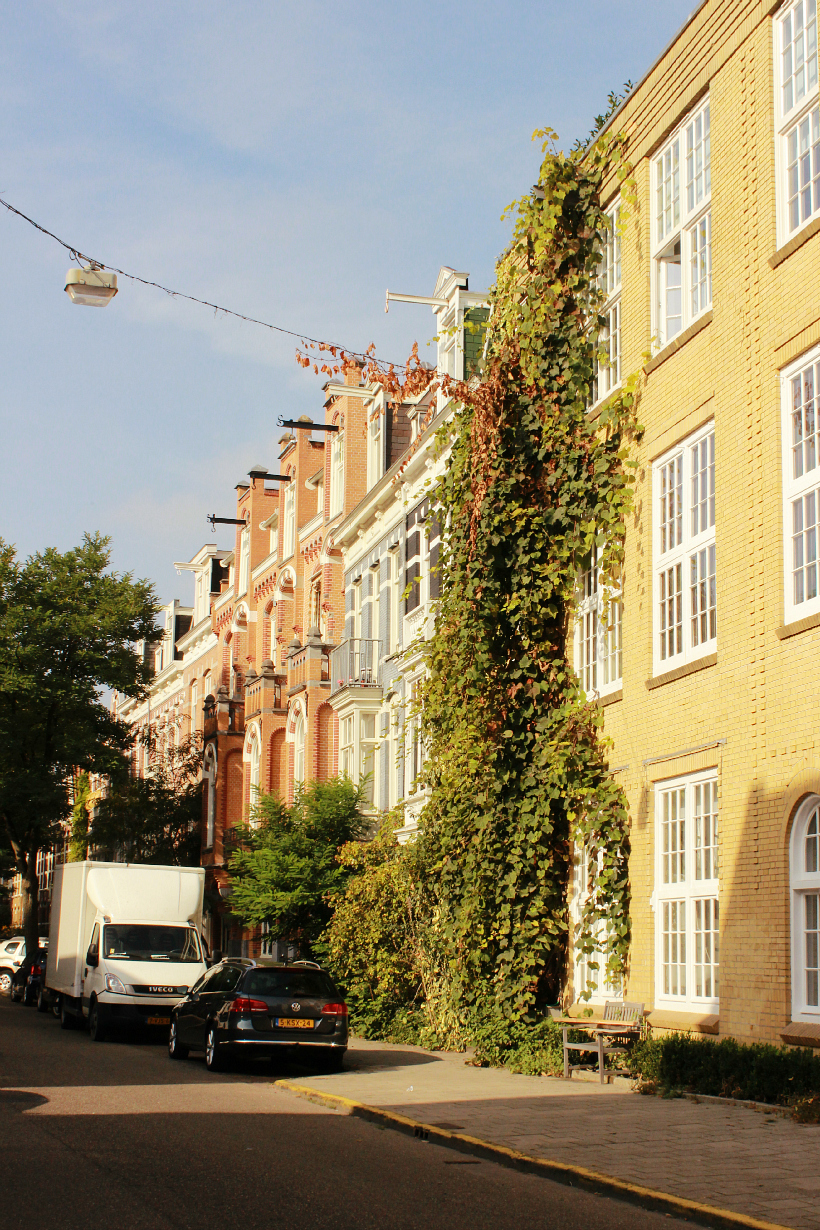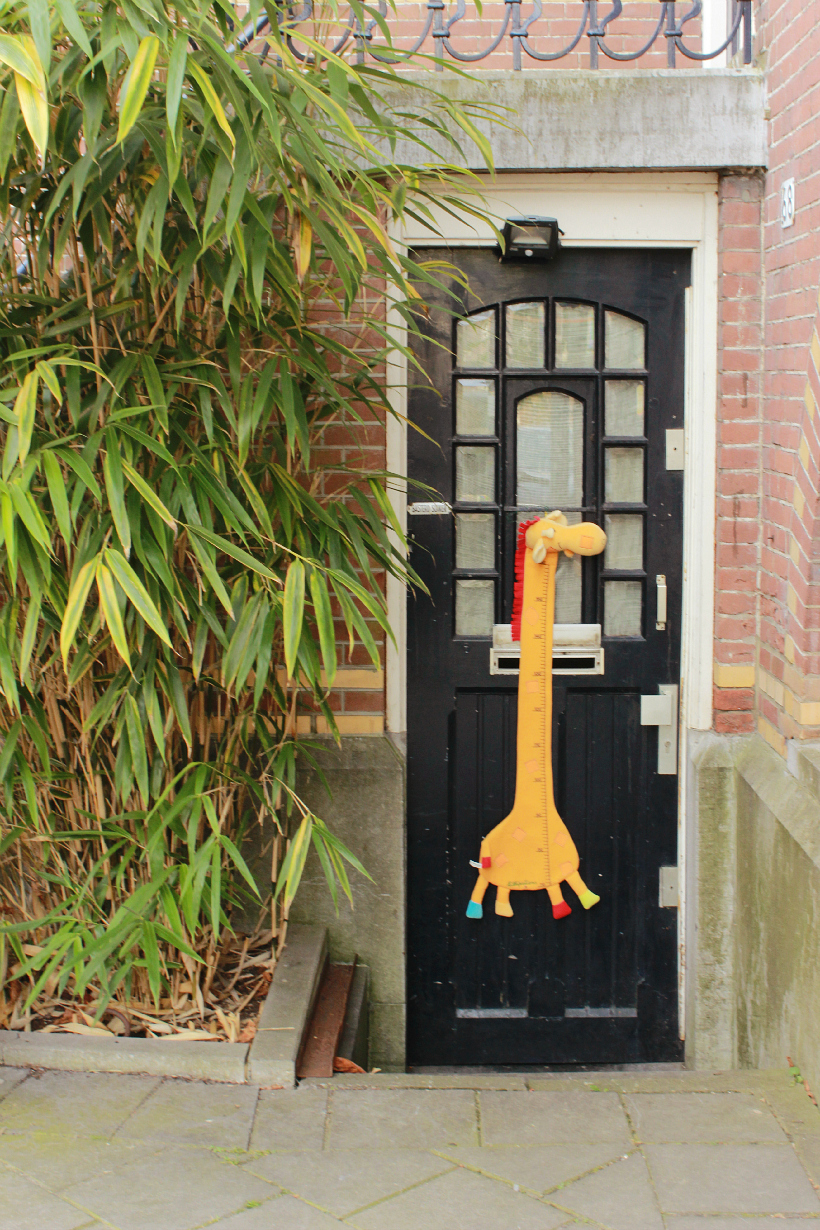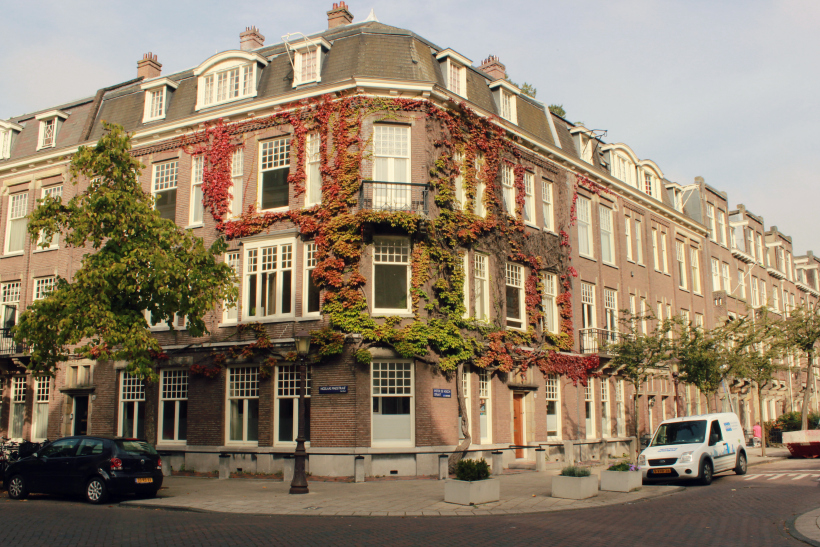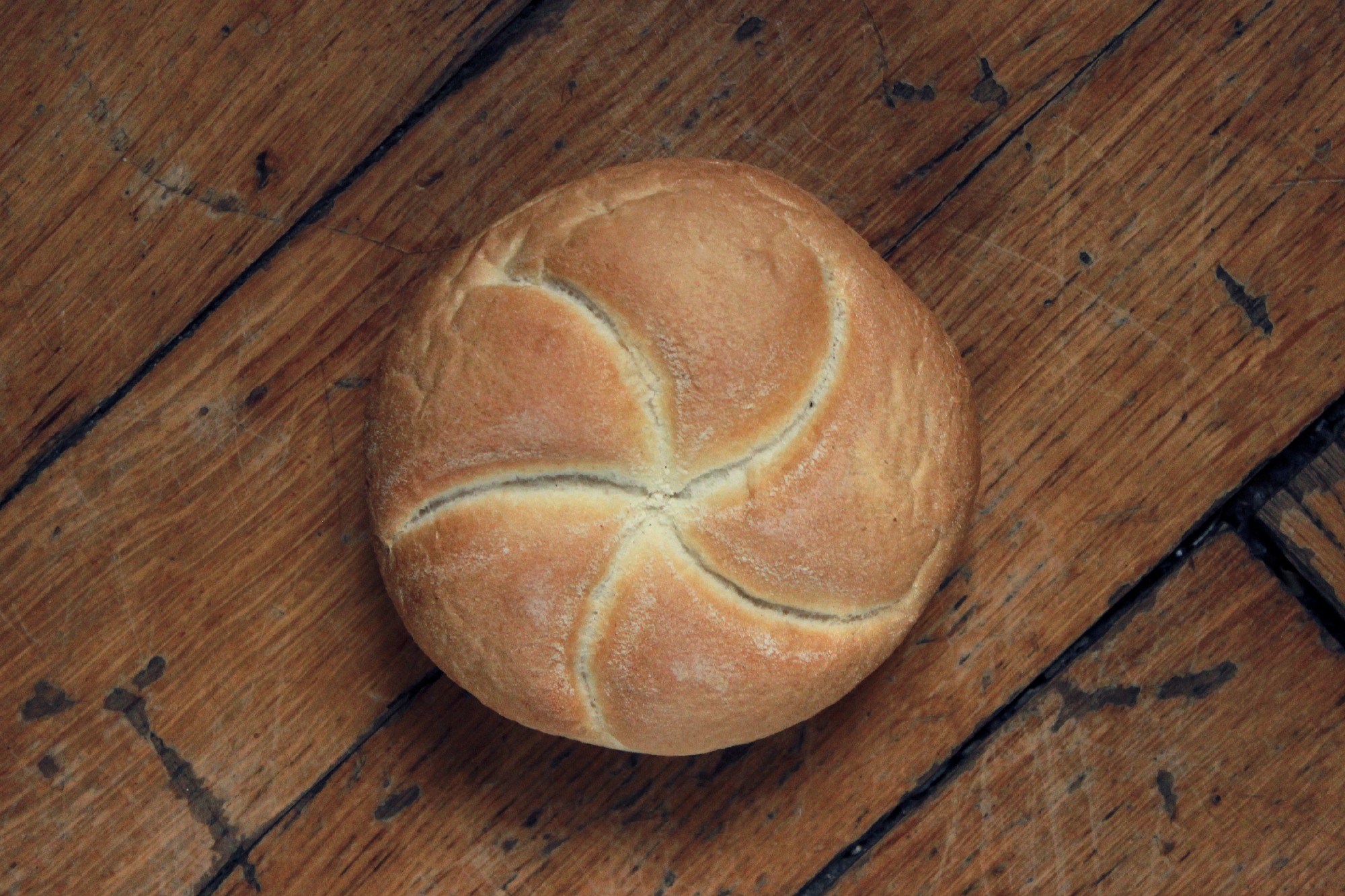Zabieram was dzisiaj w jedno z najbardziej turystycznych miejsc Amsterdamu, czyli na Museumplein, który jest ogromnym zielonym skwerem, przy którym znajdują się trzy najczęściej odwiedzane muzea miasta. Museumplein wykorzystywany jest jako miejsce pikników, w sobotnie przedpołudnia często widziałam tam panów grających w piłkę nożną, a w czasie
Mundialu to właśnie tam był rozstawiony telebim i ogromna strefa kibica.
Zwiedzanie zacznijmy od Rijksmuseum (pamiętajcie, po holendersku "ij" czytamy jako "aj") - Muzeum Państwowego, które w swoich kolekcjach gromadzi masę obrazów holenderskiej szkoły - Jacoba van Ruisdaela, Rembrandta czy Vermeera. Są też eksponaty pochodzące z holenderskiego Złotego Wieku - naczynia domowe, tkaniny, meble. Jednak tym, co głównie przyciąga tutaj turystów jest Straż nocna, którą kiedyś popełnił Rembrandt van Rijn (i znów, "rajn").
***
Let me take you today to one of the most popular tourist destinations in Amsterdam which is the Museumplein. Basically, it's a huge green square surrounded by three most visited museums of the city. The Museumplein is a spot for picnics, in Saturday mornings there are often men playing football and during
the World Cupit was a huge fan zone with big screen to watch games.
We'll start our tour in Rijksmuseum (remember, the Dutch "ij" is pronounce as English "I"). It's the National Museum which has in its collection plenty of paintings by fine Dutch artists like Jacob van Ruisdael, Rembrandt or Vermeer. There are also exhibits from the Dutch Golden Age - crockery, textiles and furniture. However, it seems the tourists go there mainly for the Night Watch which was painted by Rembrandt van Rijn.
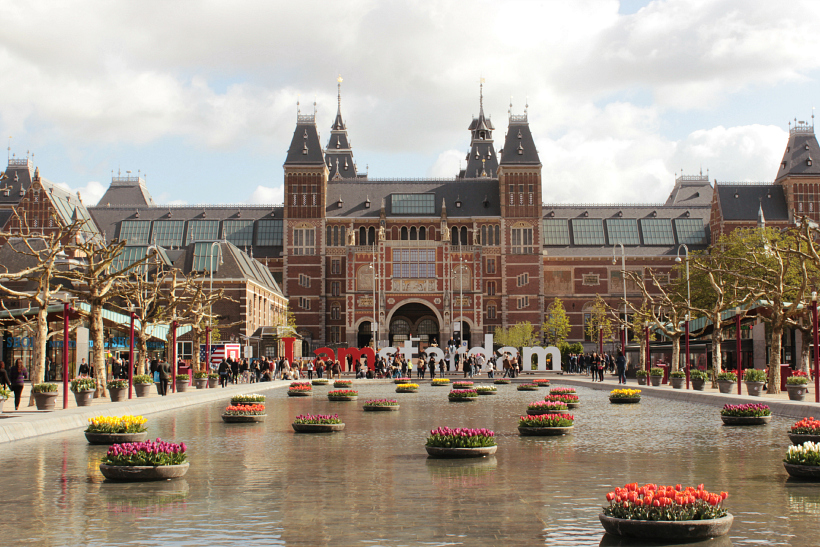
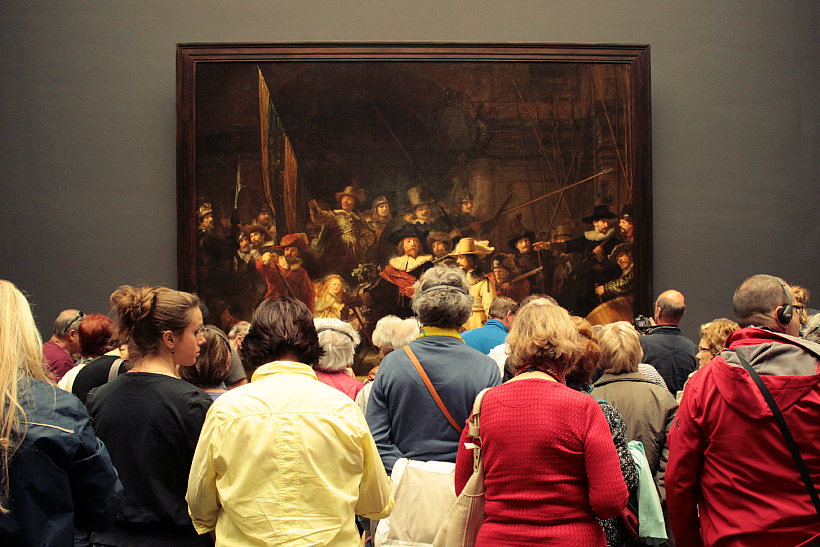
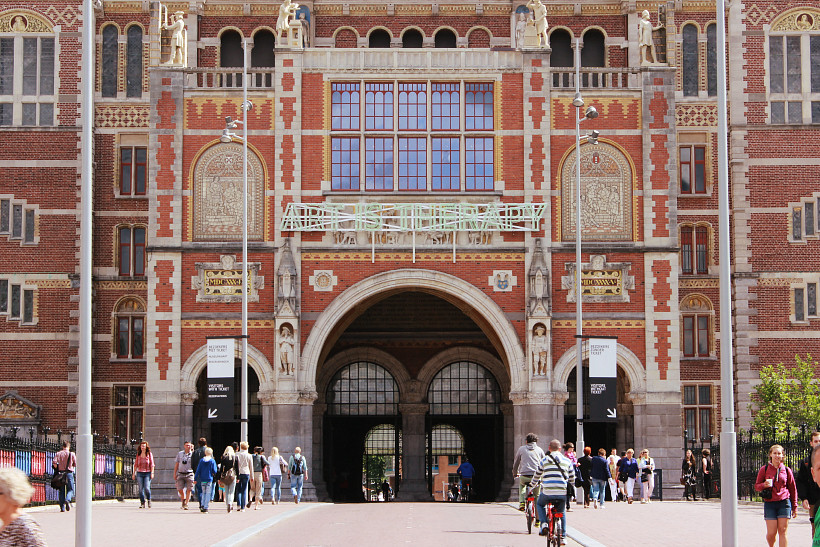
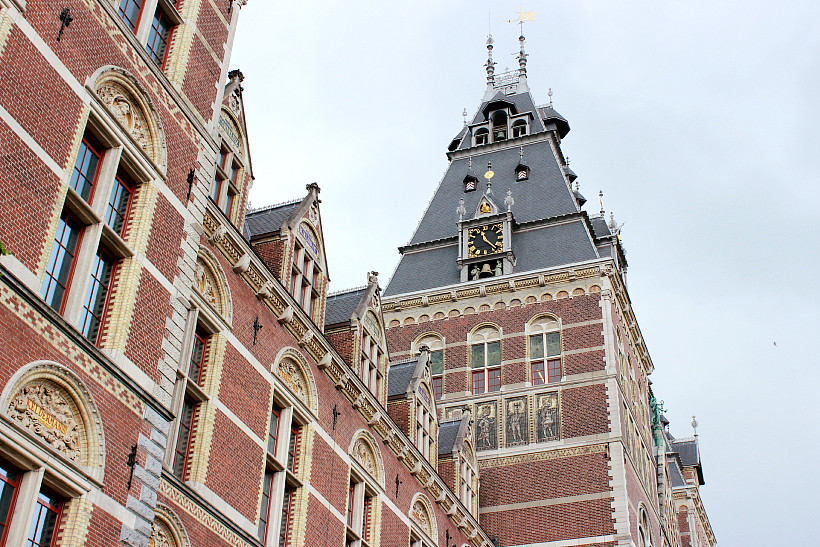
Przy Museumplein znajduje się też Muzeum Van Gogha, które w czasie gdy mieszkałam w Amsterdamie, czyli od listopada 2013 do września 2014, było jakby przebudowywane. Wnętrze jednak działało normalnie i można było podziwiać słynne Słoneczniki. Choć miałam to szczęście, że czekałam na nie do kwietnia, bo zostały wypożyczone do National Gallery w Londynie...czyli miasta, w którym mieszkałam przed Amsterdamem. O, ironio!
***
In the Museumplein there is also the Van Gogh Museum. When I lived in Amsterdam from November 2013 to September 2014, a part of exterior was under refurbishment or something, however the interior was fine so I could see the famous Sunflowers. It's a kind of irony, though. I had to wait until April because that paining were rented to the National Gallery in London which was the place I lived in before I moved to Amsterdam. What fun!
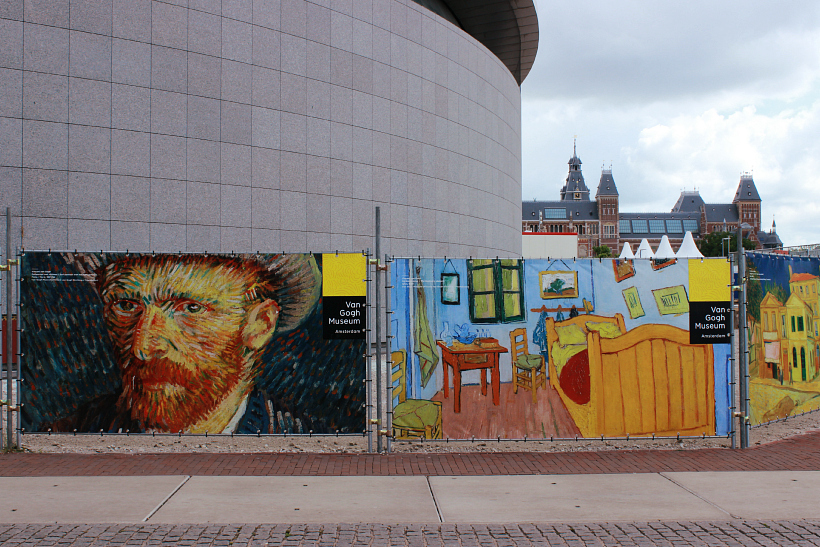
Trzecim muzeum w tej okolicy jest Stedelijk Museum, czyli Muzeum Miejskie. Znane jest ze swojej sporej kolekcji sztuki nowoczesnej. Uwielbiam tamtejszą kolekcję mebli, część z nich chętnie bym przygarnęła do siebie. Choć tym, co najbardziej intryguje jest budynek, który wygląda dość...ekstrawagancko i przypomina ogromną wannę.
***
The third museum in this area is the Stedelijk Museum - the Municipal Museum. It'ss known for its large collection of contemporary art. I love its pieces of furniture, I'd happily take some of them home with me. Although, what's the most intriguing is a way that building looks like...does it resemble a huge bathtub to you too?

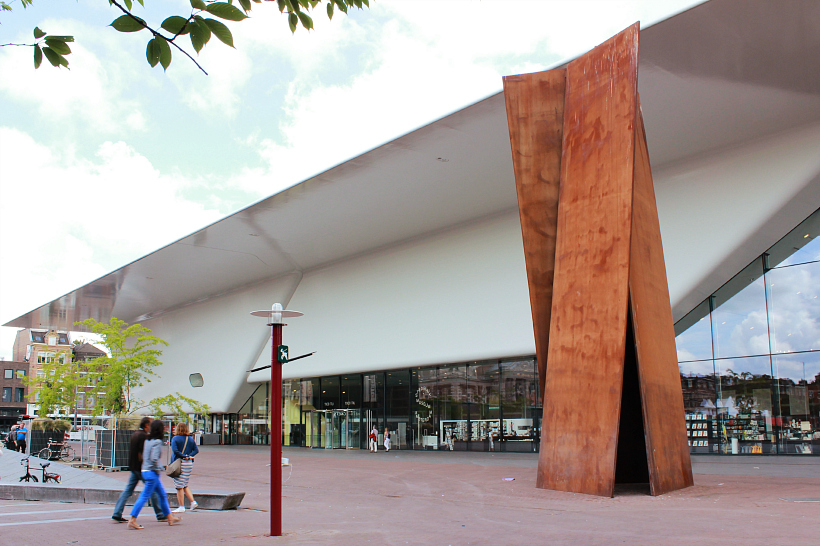
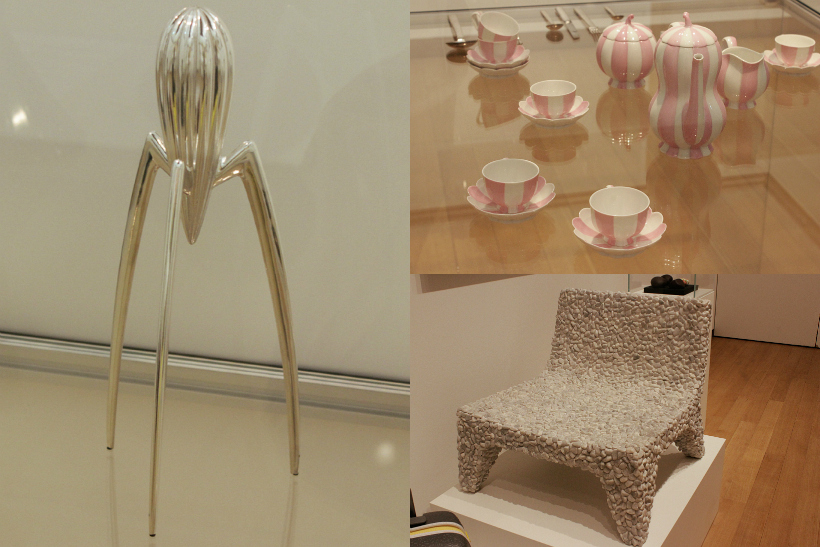


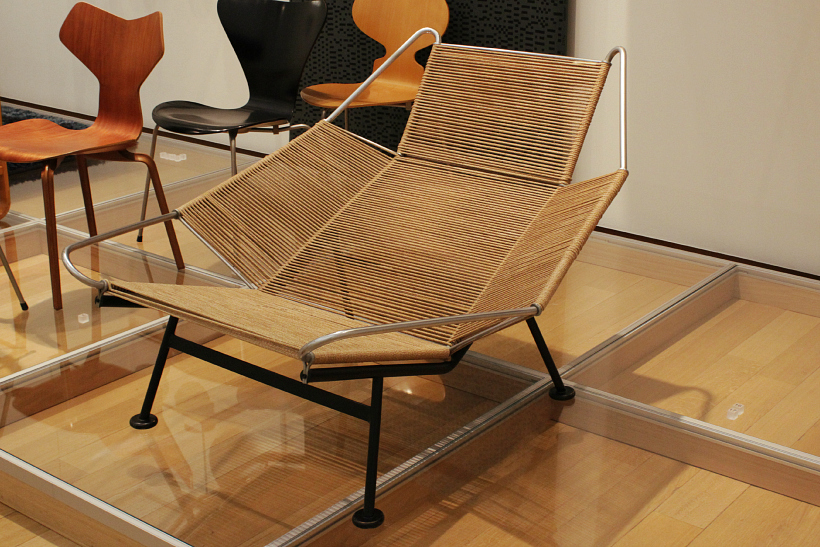

Przy skwerze znajduje się również Królewska Sala Koncertowa, która za sprawą swojej akustyki, przez wielu uważana jest za trzecią najlepszą salę koncertową na świecie. I to było już ostatnie miejsce na dziś. Dajcie znać, czy byliście w tej okolicy i jakie były wasze wrażenia :)
***
There is also Royal Concert Hall in the square. It's considered by many to be the third best concert hall in the world due to its excellent acoustics. That's it for today. Let me know in the comment section below if you were in this area and how did you like it :) Bye!
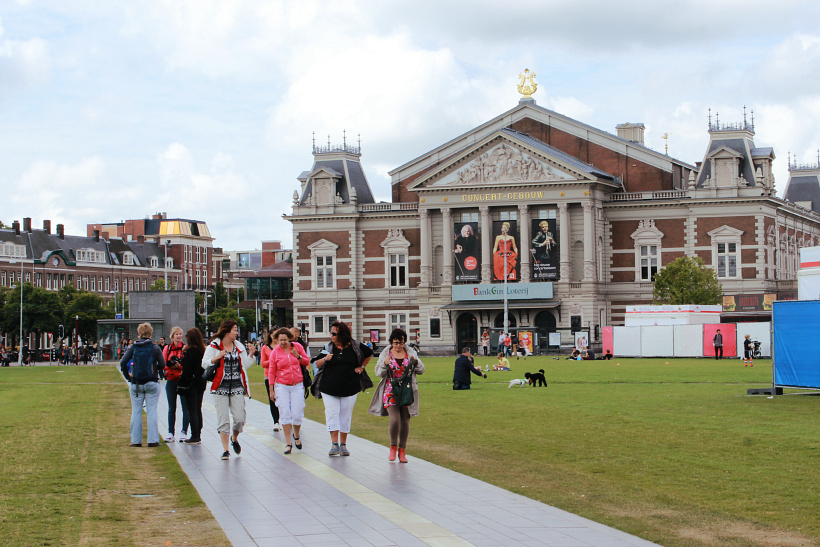
Pozdrawiam,
Karolina
